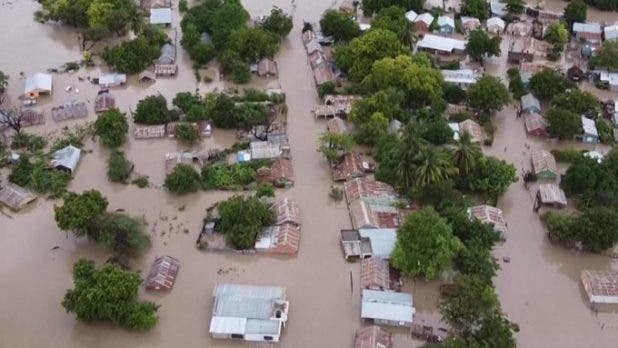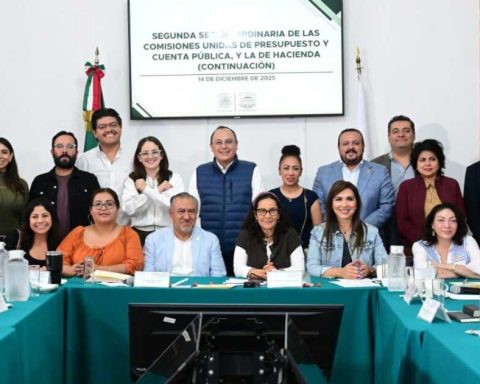World Economic Forum reveals the five main risks facing the country and in the first places is the cost of living, debt and inflation
The cost of living, the increase in debt and the rise in inflation rapid and sustained are the three main risks facing Dominican Republic in the next two years.
In fourth place are natural catastrophes and extreme weather events, and in fifth place are severe shocks in the prices of raw materials, among the most serious risks for the country, according to the latest Report on World Economic Forum Global Risks.
The report uses data from the Global Risk Perception Survey 2022-2023 to understand the risks the world is likely to face in the near term and over the next ten years.
The global results reveal that the cost of living crisis is the most serious threat facing the next two years. This is followed by natural disasters and extreme weather events, while geo-economic confrontation is also among the three most serious risks in the immediate future.
Compared to a 10-year view, the long-term risk of not addressing climate change appears as the largest set of risks. From the inability to mitigate climate change to the loss of biodiversity and the collapse of ecosystems, the four most serious risks for the next 10 years are all environmental. In fact, the cost of living crisis disappears entirely from the top 10, while the geoeconomic confrontation drops to ninth place.
“The near-term risk landscape is dominated by energy, food, debt and catastrophes. Those who are already the most vulnerable are suffering, and in the face of multiple crises, those who qualify as vulnerable are increasing rapidly, in both rich and poor countries.
Climate and human development must be at the center of world leaders’ concerns, even as they fight crisis current. Cooperation is the only way forward,” said Saadia Zahidi, CEO of the World Economic Forum.
The report highlights that concurrent crises, deeply interconnected risks, and the erosion of resilience are giving rise to the risk of “polycrisis,” where disparate crises interact in such a way that the overall impact far exceeds the sum of each part.
This year’s report explores four possible futures to 2030 around resource rivalry and polycrises.

















